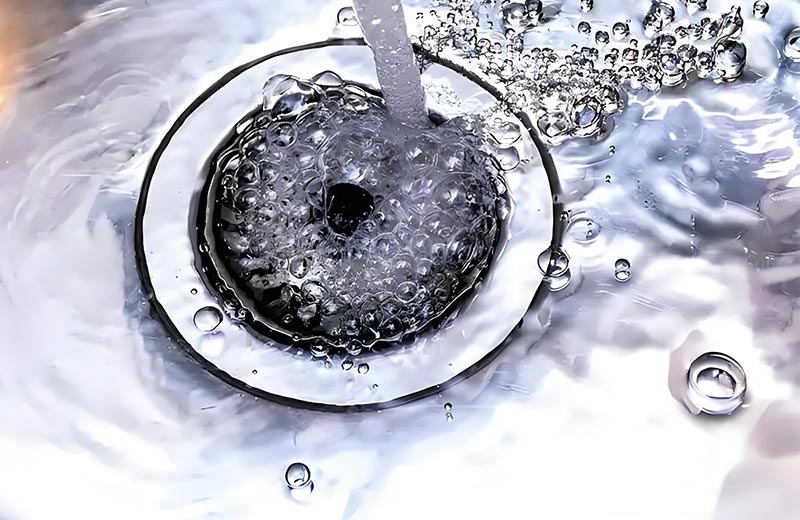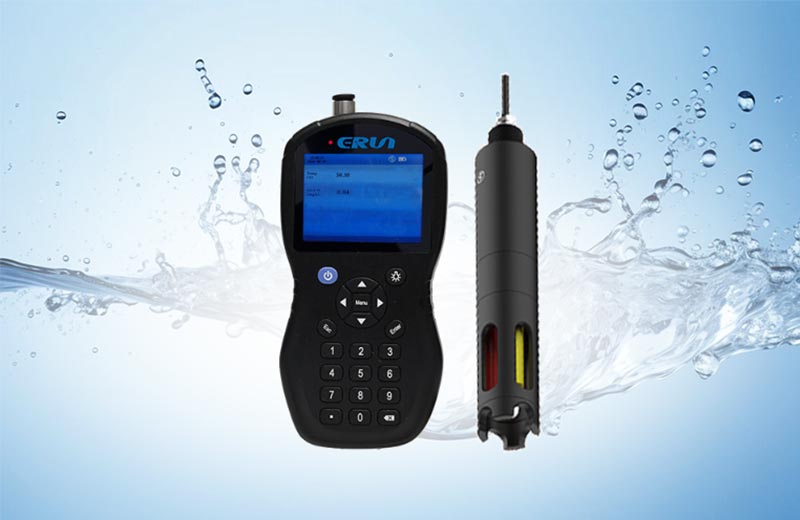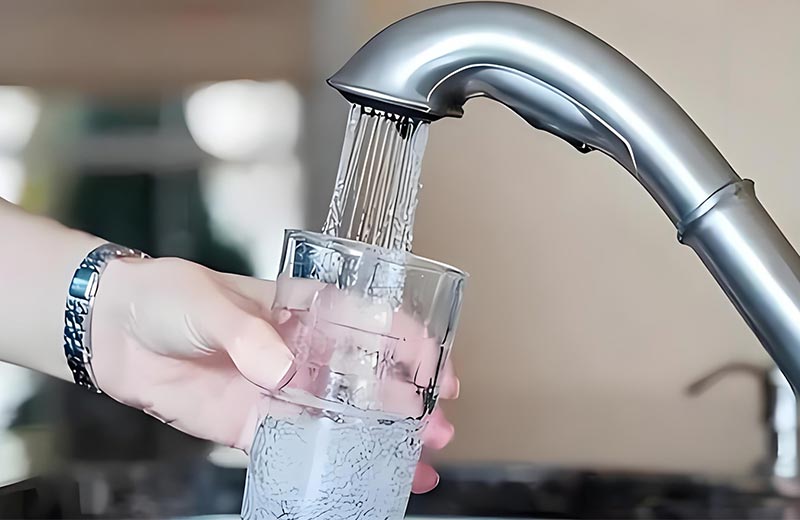Water quality is a critical concern for households, industries, and environmental monitoring. One of the most effective tools for assessing water purity is a TDS meter, or Total Dissolved Solids meter. This compact and easy-to-use device measures the concentration of dissolved substances in water, providing valuable insights into its safety and usability. In this article, we’ll explore what a TDS meter is, how it works, its applications, and tips for using it effectively to ensure accurate results.

A TDS meter is a handheld device that measures the total dissolved solids (TDS) in water. TDS refers to the combined content of inorganic and organic substances dissolved in water, including minerals, salts, metals, and other compounds. These substances can originate from natural sources, agricultural runoff, industrial waste, or plumbing systems. TDS is typically measured in parts per million (ppm) or milligrams per liter (mg/L).
High TDS levels can affect water taste, odor, and safety. While some dissolved minerals like calcium and magnesium are beneficial, excessive TDS can indicate the presence of harmful contaminants such as lead, arsenic, or nitrates. Measuring TDS helps:
- Ensure drinking water is safe and palatable.
- Monitor the effectiveness of water filtration systems.
- Assess water quality for aquariums, hydroponics, and agriculture.
- Comply with regulatory standards for industrial and environmental applications.
A TDS meter measures the electrical conductivity (EC) of water. Dissolved ions in water conduct electricity, and the meter calculates TDS based on this conductivity. Here’s how it works:
1. Probe Insertion: The meter’s probe is immersed in the water sample.
2. Conductivity Measurement: The device sends a small electrical current through the water and measures its conductivity.
3. TDS Calculation: The meter converts the conductivity reading into a TDS value using a pre-programmed conversion factor (usually 0.5 to 0.7).
Using a TDS meter is simple and straightforward. Follow these steps for accurate measurements:
1. Calibrate the Meter
- Some TDS meters require calibration before use. Use a calibration solution with a known TDS value to ensure accuracy.
2. Prepare the Water Sample
- Collect a water sample in a clean container. Ensure the sample is free from debris or air bubbles, as these can affect readings.
3. Take the Measurement
- Turn on the TDS meter and immerse the probe into the water sample.
- Wait for the reading to stabilize (usually 10-20 seconds).
- Record the TDS value displayed on the screen.
4. Interpret the Results
- 0-50 ppm: Very low TDS, often considered pure water.
- 50-150 ppm: Low TDS, ideal for drinking.
- 150-300 ppm: Moderate TDS, acceptable for drinking.
- 300-500 ppm: High TDS, may affect taste.
- 500+ ppm: Very high TDS, may require filtration.

- Drinking Water Testing: Ensure tap or bottled water is safe for consumption.
- Aquariums and Hydroponics: Maintain optimal water conditions for fish and plants.
- Swimming Pools and Spas: Monitor water quality to prevent scaling and corrosion.
- Agriculture: Test irrigation water to avoid soil salinity issues.
- Industrial Use: Ensure water meets quality standards for manufacturing processes.
- Portability: Compact and easy to carry for on-site testing.
- Speed: Provides instant results within seconds.
- Affordability: Cost-effective compared to laboratory testing.
- Ease of Use: No technical expertise required.
While TDS meters are useful, they have some limitations:
- They measure total dissolved solids but cannot identify specific contaminants.
- They may not detect non-conductive substances like certain organic compounds.
- High TDS readings require further testing to determine the exact cause.
1. Clean the Probe: Rinse the probe with distilled water before and after use to prevent contamination.
2. Check Temperature: Some meters have automatic temperature compensation (ATC), but extreme temperatures can affect readings.
3. Avoid Air Bubbles: Ensure the probe is fully submerged and free from air bubbles.
4. Regular Calibration: Calibrate the meter periodically to maintain accuracy.
5. Store Properly: Keep the meter in a dry, cool place to prolong its lifespan.
When selecting a TDS meter, consider the following factors:
- Accuracy: Look for a meter with a high level of precision.
- Range: Choose a meter with a TDS range suitable for your needs.
- Features: Opt for models with ATC, hold function, and auto-off to enhance usability.
- Durability: Select a waterproof and rugged design for long-term use.
A TDS meter is an essential tool for anyone concerned about water quality. Whether you’re testing drinking water, maintaining an aquarium, or managing an agricultural operation, this device provides quick and reliable measurements of total dissolved solids. By understanding how to use a TDS meter effectively and interpreting the results correctly, you can ensure the safety and quality of your water supply.

Investing in a high-quality TDS meter is a small step that can make a big difference in protecting your health and the environment. Start testing your water today and take control of your water quality with confidence!